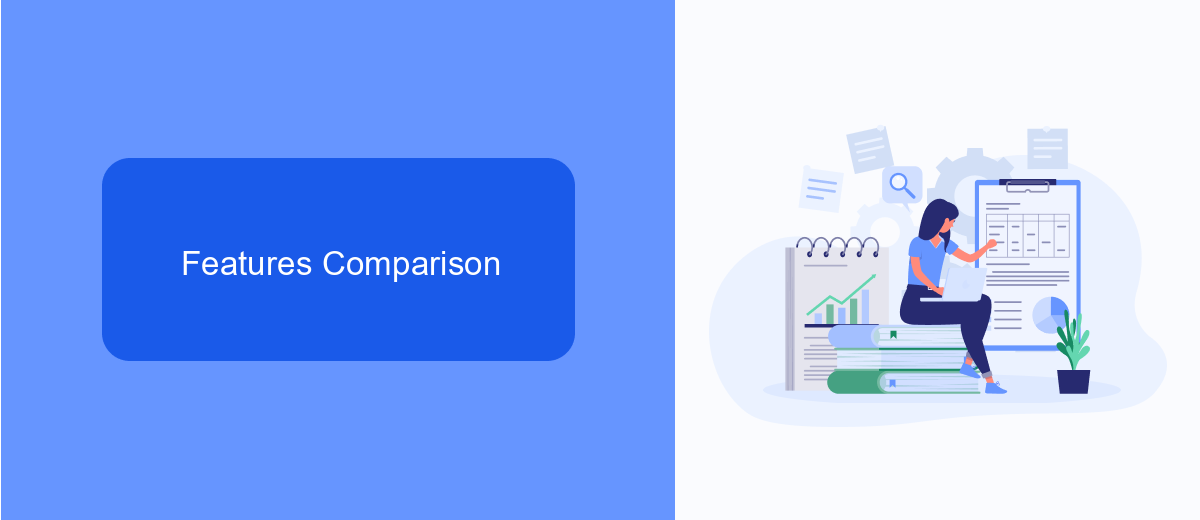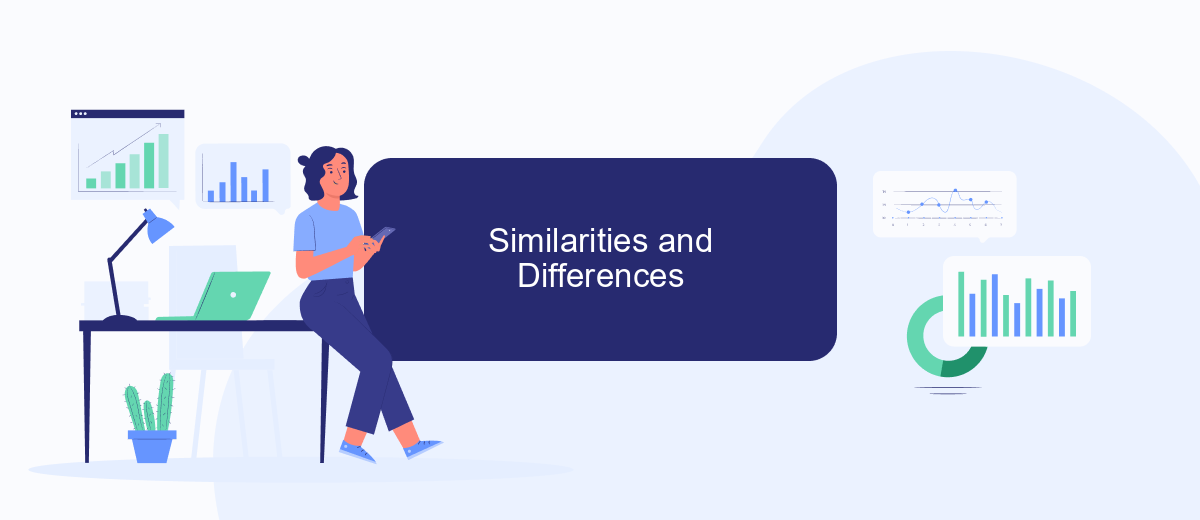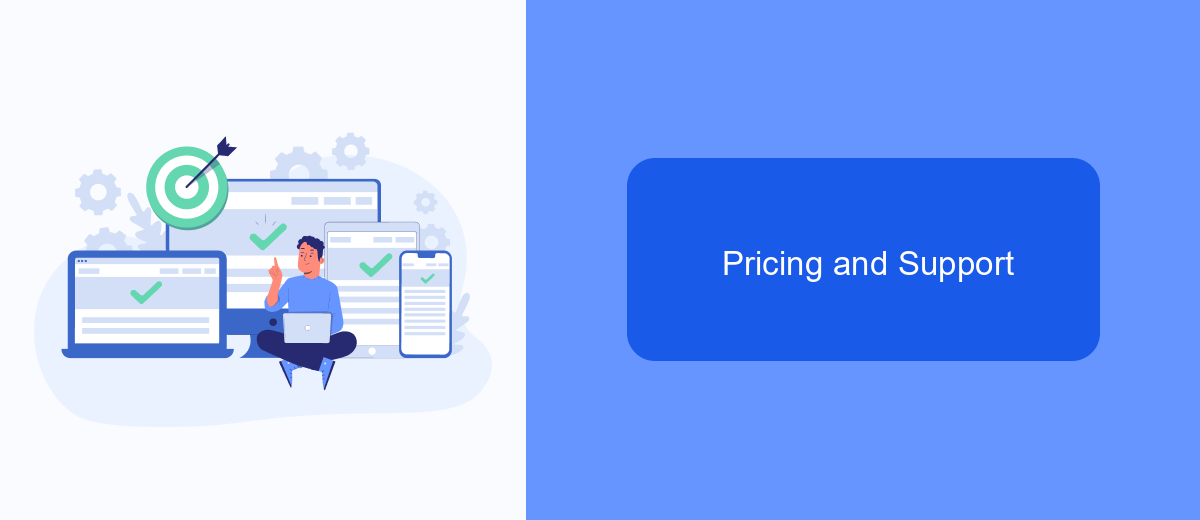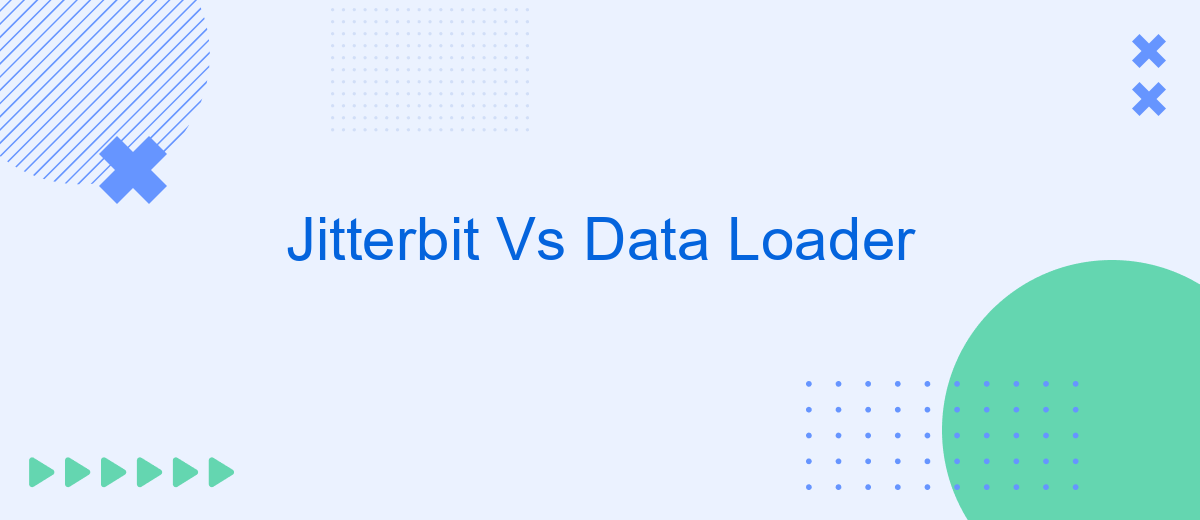When it comes to data integration and management, choosing the right tool is crucial. Jitterbit and Data Loader are two popular options, each with its own set of features and benefits. This article provides a comparative analysis of Jitterbit and Data Loader, helping you understand their capabilities, strengths, and limitations to make an informed decision for your business needs.
Jitterbit vs Data Loader: Overview
Jitterbit and Data Loader are two popular tools used for data integration and migration. Both offer unique features and capabilities, catering to different needs and preferences. Understanding the differences between these tools can help businesses make informed decisions when choosing the right solution for their data management needs.
- Jitterbit: A robust integration platform that supports a wide range of applications and data sources. It offers advanced features such as API creation, real-time data synchronization, and workflow automation.
- Data Loader: A simpler, more focused tool primarily used for bulk data import and export in Salesforce. It is user-friendly and suitable for straightforward data migration tasks.
While Jitterbit provides a comprehensive solution for complex integration scenarios, Data Loader excels in ease of use for Salesforce-specific data operations. For businesses looking for a more automated and versatile integration solution, services like SaveMyLeads can further enhance data connectivity and streamline workflows.
Features Comparison

When comparing Jitterbit and Data Loader, it's essential to consider their features. Jitterbit offers a comprehensive integration platform that supports a wide range of data sources and applications. It provides advanced data transformation capabilities, real-time data processing, and robust API management. Additionally, Jitterbit includes features like workflow automation, error handling, and detailed logging, making it a versatile tool for complex integration scenarios.
On the other hand, Data Loader is a more straightforward tool primarily designed for Salesforce data management tasks. It excels in data import, export, update, and deletion operations within Salesforce. While it lacks the extensive integration capabilities of Jitterbit, Data Loader is user-friendly and efficient for handling large volumes of Salesforce data. For those seeking to streamline their integration processes further, services like SaveMyLeads can complement these tools by automating data workflows and connecting various applications seamlessly.
Similarities and Differences

When comparing Jitterbit and Data Loader, both tools serve as powerful solutions for data integration and management, offering robust capabilities for various business needs. However, they differ in several key aspects that may influence a user's choice depending on specific requirements.
- Jitterbit offers a more comprehensive integration platform, supporting a wide range of applications and services, whereas Data Loader is primarily designed for Salesforce data management.
- Jitterbit provides advanced features like API creation and management, while Data Loader focuses on basic data import, export, update, and delete operations.
- Jitterbit has a user-friendly interface with drag-and-drop functionality, making it easier for non-technical users, whereas Data Loader requires more technical knowledge to operate effectively.
- Jitterbit includes built-in data transformation tools, whereas Data Loader relies on external tools or manual processes for data transformation.
- SaveMyLeads can complement both tools by automating lead data integration, enhancing the efficiency of data workflows.
In summary, while both Jitterbit and Data Loader are valuable for data integration, Jitterbit's extensive features and user-friendly interface make it suitable for complex integrations, whereas Data Loader is ideal for straightforward Salesforce data tasks. Integrating SaveMyLeads can further streamline data operations, providing an additional layer of automation and efficiency.
Pricing and Support

When comparing Jitterbit and Data Loader, pricing and support are critical factors to consider. Jitterbit offers a more comprehensive suite of features, which is reflected in its pricing model. It typically charges based on the number of endpoints and the volume of data processed, making it a suitable choice for larger enterprises with complex integration needs.
Data Loader, on the other hand, is a free tool provided by Salesforce, making it an attractive option for smaller businesses or those with limited budgets. However, its functionalities are more basic compared to Jitterbit, which may limit its utility for more complex tasks.
- Jitterbit: Paid, with pricing based on endpoints and data volume.
- Data Loader: Free, but with limited features.
- SaveMyLeads: Offers affordable automation for integrating various services.
In terms of support, Jitterbit provides extensive customer support including 24/7 assistance, detailed documentation, and training resources. Data Loader users primarily rely on Salesforce's community forums and documentation for support. For those looking for an additional layer of integration assistance, services like SaveMyLeads can help automate and streamline processes, offering a cost-effective solution for businesses of all sizes.
Conclusion
In conclusion, both Jitterbit and Data Loader offer robust solutions for data integration and management, each with its unique strengths. Jitterbit stands out with its advanced features, user-friendly interface, and extensive integration capabilities, making it suitable for complex, large-scale projects. On the other hand, Data Loader is a reliable tool for simpler tasks, offering ease of use and efficiency for smaller-scale data operations.
When considering which tool to use, it's essential to evaluate your specific needs and project requirements. Additionally, services like SaveMyLeads can further streamline the integration process by automating data workflows between various platforms, enhancing productivity and accuracy. Ultimately, the choice between Jitterbit and Data Loader should align with your organizational goals, technical expertise, and budget constraints, ensuring a seamless and efficient data integration experience.
FAQ
What are the primary differences between Jitterbit and Data Loader?
Can Jitterbit and Data Loader be used together?
Is Jitterbit suitable for non-technical users?
How does Data Loader handle error logging and recovery?
What are some alternatives for automation and integration without extensive technical knowledge?
Don't waste another minute manually transferring leads from Facebook to other systems. SaveMyLeads is a simple and effective tool that will allow you to automate this process so that you don't have to spend time on the routine. Try SaveMyLeads features, make sure that this tool will relieve your employees and after 5 minutes of settings your business will start working faster.
